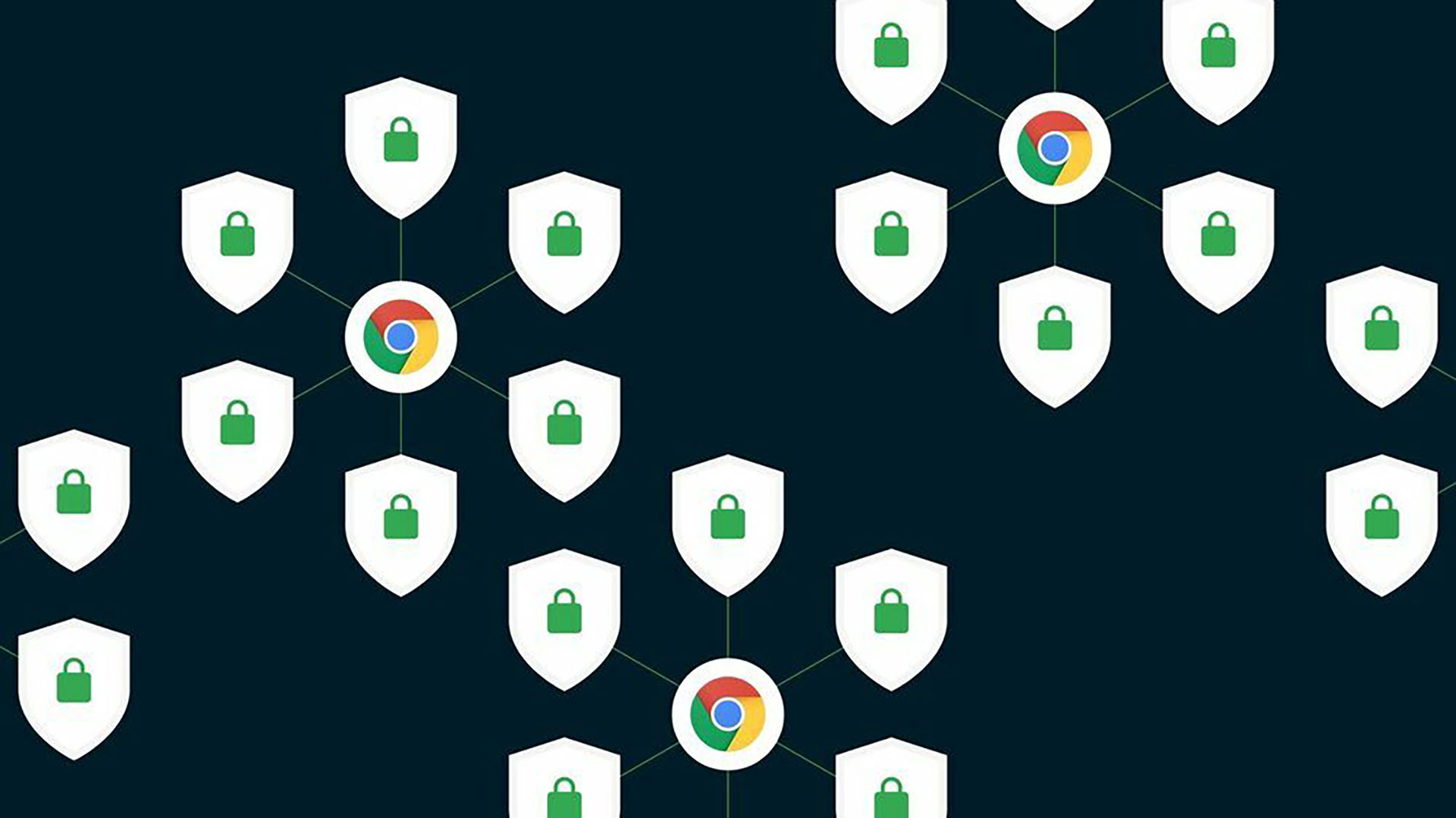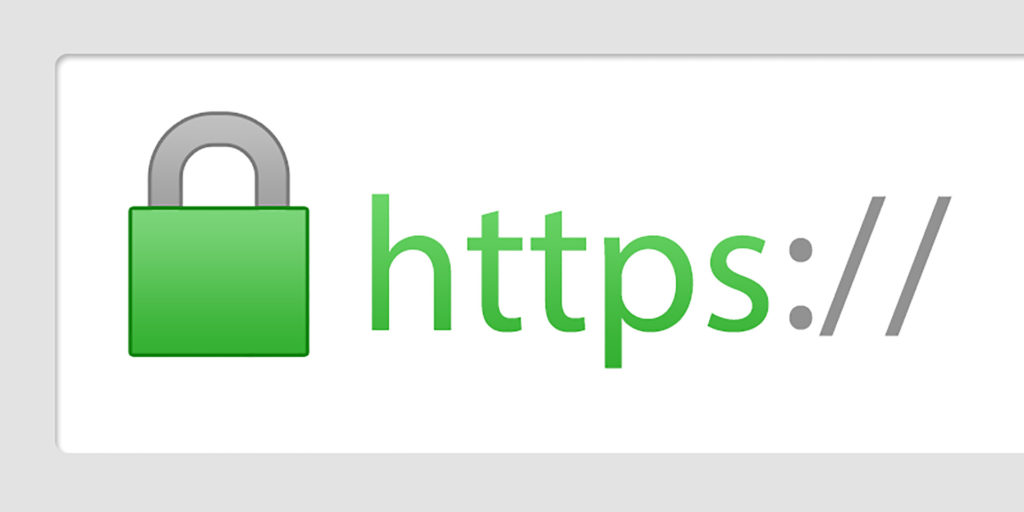
Google is developing an option for its Chrome web browser that will allow Internet users to prioritize secure pages when they visit a particular website. It will have to be activated to take advantage of it.
The “HTTPS Only” mode, which Mozilla inaugurated with Firefox 83 in November 2020, visibly appeals to Google. In a blog post on July 14, officials responsible for the development of Chrome, the internet giant’s in-house web browser, explain that a similar feature is in the works. It should arrive with Google Chrome 94, in the fall of 2021.
Favor secure pages on the web
Concretely, this mode (which Google baptized HTTPS First, or HTTPS First) consists in trying to load all the web pages visited by the Internet user in HTTPS, and not in HTTP. When this is not possible, Chrome will display a full page warning to warn the user. This one will of course still be able to access the web page in HTTP.
The acronym HTTPS stands for HyperText Transfer Protocol Secure. Present at the beginning of web addresses (for example: https://www.numerama.com), it indicates that the connection established between the Internet user and the visited site is secure, by encrypting the exchanges, so that they cannot not be read. Today, HTTPS is very widespread on the net.

First, Google indicates that HTTPS First on Chrome will not be active by default – Internet users will have to activate it themselves in the software settings. But the company leaves itself the possibility of changing its approach in the future and to impose this mode by default. Currently, Mozilla also leaves this setting optional: the manipulation to have it is not complicated.
Whether it’s HTTPS Only at Firefox or HTTPS First at Chrome, these two mechanics are, in spirit, very similar to what the HTTPS Everywhere extension offers, which was launched at the start of the previous decade by the Electronic Frontier. Foundation, an association defending the rights of Internet users. Except that today, the landscape of the net has changed: HTTPS has become the majority.
To realize this, Google’s dashboard speaks volumes: almost all of the top 100 websites used HTTPS by default, as of January 1, 2019. And Google Chrome, which is the most used browser in the world. world, notes that more than 90% of the time, web browsing is done in HTTPS – 95% for France. In fact, HTTP is an endangered species.


